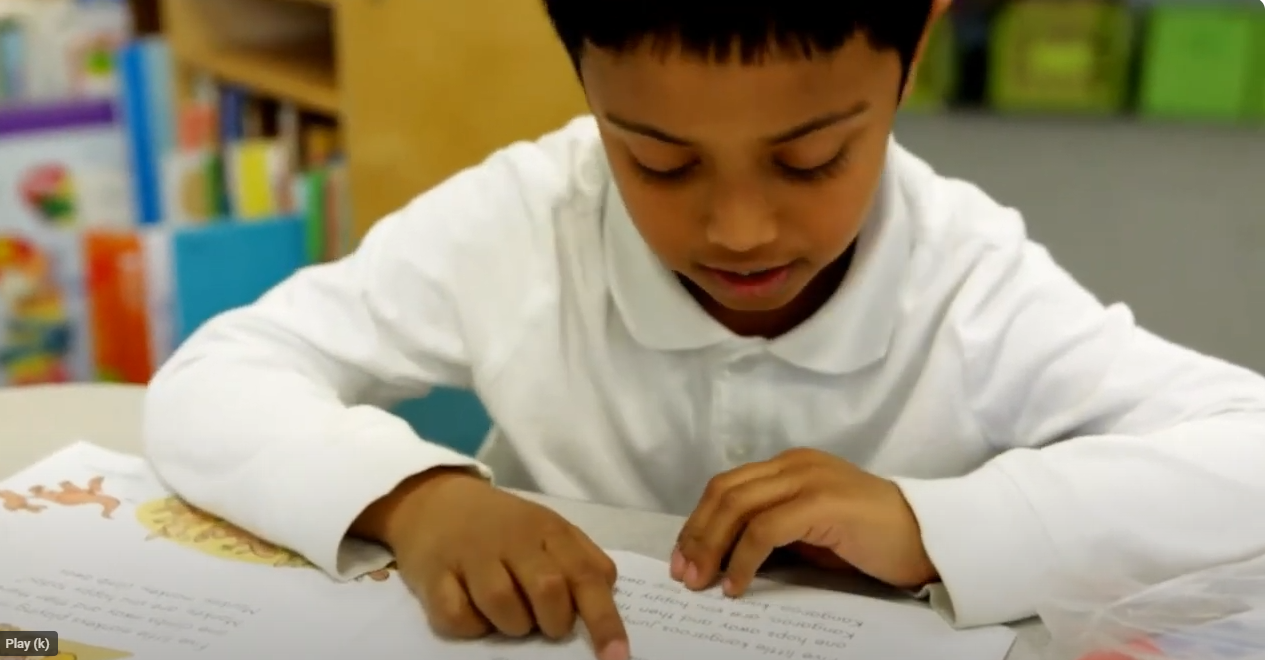Have you heard the saying ‘The only thing that’s constant is change.’? When it comes to methods used when teaching children to read, that old adage may have met finally met its match! Techniques for teaching children to read have certainly come and gone…and come and gone again. That could be because none have been quite as powerful as the Science of Reading! You see, over the last 40ish years, there have been thousands of studies around teaching and learning to read…in countries and languages all around the world. Over time, evidence from those studies has been gathered and shared in an effort for us to really understand the very best ways to teach and learn to read. The highly regarded NWEA website describes it this way: “The ‘Science of Reading’ is the converging evidence of what matters and what works in literacy instruction, organized around models that describe how and why.” With the Science of Reading in place, students get research-backed methods of instruction that help them master this vital skill of reading. Most importantly, these methods work well with all types of students.

When it comes to students acquiring English oral language for the first time, be they multilingual learners or developing preschoolers, the joy-filled, engaging, systematic and success-oriented GrapeSEED curriculum embraces and encompasses each facet of Science of Reading.
GrapeSEED supports oral language proficiency by offering explicit instruction in phonemic awareness, systematic phonics instruction, and strategies to improve fluency in both speaking and reading beginning right away. Let’s take a closer look:
List of Services
-
Phonemic AwarenessList Item 1
With GrapeSEED, language begins with phonemic (spoken) control and moves to building correspondence between the sound and written letter. This leads to reading words and phrases! Writing is also introduced early in the program to reinforce the predictable patterns of the letter sound relationships and laying the foundation for spelling.
-
PhonicsList Item 2
Beginning in the first year of GrapeSEED instruction, students match letters and sounds, write them, and verbalize the sounds in isolation as well as at the beginning, middle, and end of words. Phonics and spelling are also practiced throughout the program.
-
Reading FluencyList Item 3
GrapeSEED teachers model speaking and reading English with accuracy, rate, and expression, all while encouraging students to do the same. After repeated exposures, students practice fluency by reading or speaking in small groups or with a partner. Fluency becomes the bridge between decoding and comprehension.
-
Vocabulary DevelopmentList Item 4
Systematic exposure to useful vocabulary happens in each lesson with GrapeSEED’s vocabulary picture cards. These words are then immediately put into use in songs, stories, chants, action activities, poems, big books, story dictionaries, and even writers. GrapeSEED students are introduced to words, language functions, and notions that will be used with increasing complexity, all while reinforcing previous learning.
-
Structural Analysis
Within the context of our shared reading materials including poems and big books, children are exposed to early reading strategies like directionality, return sweep, and more! They also learn to self-correct using early high frequency words and to cross check beginning sounds with picture clues.
Plain and simple, Science of Reading works. And designed with students in mind, GrapeSEED’s engaging & joyful songs, stories, chants, poems, big books, action activities, and writers work too, by providing the firm foundation for literacy instruction to be built upon. It’s not too late to begin supporting your English Language Learners with teacher-led GrapeSEED instruction. Ready to get started? Click here!





